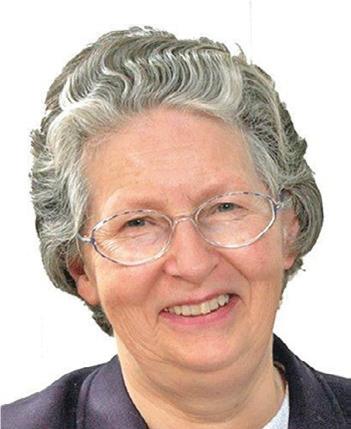Why The Role Of SENCo Is More Pivotal Than Ever

Changes in society are affecting childhood, and it matters, says Rona Tutt…

- by Rona Tutt

People sometimes say that the needs of children have not changed. This is true in the sense that they still need to be fed and clothed, to feel safe and secure, and know they are loved and cared for. What has changed is the world around them, which is now having an impact on their childhood and development in ways that are both exciting and alarming.
Traditional family structures have given way to a situation where families come in many different shapes and sizes, and where children increasingly have to adapt to changing circumstances. The support once offered by an extended family is far less common as people move around, not just within countries, but between them as well. It may not be a coincidence that during the same period there has been a growing interest in understanding attachment disorders.
Feeling secure enables most young children to be well grounded and able to enjoy interacting with both adults and their peer group. If they are upset, they will go to a caregiver for comfort. In contrast, those who do not trust adults to keep them safe may not turn to them for reassurance.
As there are many types of attachment disorders, the symptoms children display will be very different. Some will use attention-seeking behaviour to receive the notice they crave, while others will be quiet and suffer in silence.
Another change has been the prevalence of drinking among women. This has caused some children to be born with foetal alcohol spectrum disorder (FASD) – a condition that is entirely preventable. It’s worth noting that the majority of children with FASD do not stay with their birth mothers, but are taken into care. Press reports often focus on the damage that female heavy drinkers may be doing to their own health; the damage to any unborn children is seldom mentioned.
Technology and medicine
Advances in technology have done much to improve everyone’s lives – not least for those who have special educational needs and/ or disabilities – but there is increasing concern about the negative effects of too much screen time, particularly on the young.
For years, using televisions as babysitters has been queried, given the language a child may hear and how the visual presentation of modern broadcasting seems to assume – even encourage – shortened attention spans. Yet we now have children arriving in school knowing how to swipe but not speak – which may partly account for a rise in people who have speech, language and communication needs (SLCN).
The latest SEND Code of Practice (January 2015) replaced the term ‘behaviour, emotional and social development’ (BESD) with ‘social, emotional and mental health’ needs (SEMH) in recognition of the growing concerns over children and young people’s mental health, and to encourage teachers to look behind outward behaviour and consider what might be causing it.
The impact had by advances in medicine are clearer to see. The rate of premature births has remained at much the same level in recent years, but what has changed is the increase in survival rates of the very early-born group. Today, one in 100 babies is born alive between 22 and 28 weeks of pregnancy, overlapping with the age at which a baby can legally be aborted. Although some escape unscathed, the earlier a child is born, the more likely they are to have special needs and/or disabilities.
The SENCo’s role
All the above makes the role of the SENCo more pivotal than ever, though at times it may seem like a daunting task. Support from the school’s SLT; a willingness from all teachers to take responsibility for the progress of all their pupils; the vital role played by teaching assistants – we need everyone to work as a team, with the SENCo at the helm.
There is a more complex population in our schools, including children born before the completion of brain development that should have taken place in the womb.
SENCos cannot know it all, but sharing knowledge within schools and beyond can help fill in the gaps. Be assured that SENCOs can and do make a real difference to the lives of those children who are most in need of understanding and support.
About the author
Dr Rona Tutt OBE is a former chair of the NAHT Special Education Needs committee; her latest book, Rona Tutt’s Guide to SEND & Inclusion, is available now, published by Sage











